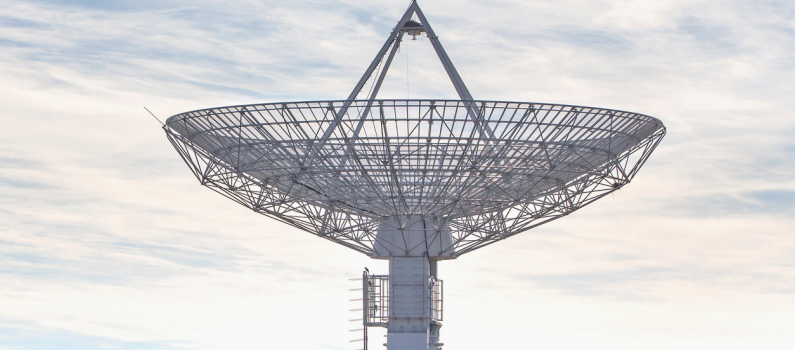晶振官方博客
更多>>Frequency Control Products and Bluetooth
來源:http://m.renderx.cn 作者:康華爾電子 2023年12月28

Introduction
The demand for Bluetooth wireless technology enabled products continues to expand at a rapid rate. The number of connected devices in the home, office and car are numerous and the desire to eliminate the clutter of cables makes Bluetooth a viable solution. The capabilities in today’s mobile communication products are also driving Bluetooth applications that link these devices into Personal Area Networks.SMD晶振
The products utilizing Bluetooth are diverse. PDA’s, printers, computer keyboard & mouse, headsets,gaming devices, routers, barcode scanners, cameras, mobile phones, hands-free car kits only scratch the surface of products implementing Bluetooth wireless technology. Everyday new uses for this technology are developed resulting in more products becoming Bluetooth enabled.
What is Bluetooth?
In simple terms, Bluetooth was conceived to replace cables connecting electronic devices. Specifically, it is a short-range radio module operating in the ISM frequency band at 2.4 GHz. Designed to operate in noisy frequency environments and over short distances (10 meters) the Bluetooth protocol employs a frequency-hopping scheme to make the link robust. To avoid interference with other signals the radio link quickly hops to a new frequency after transmitting or receiving a data stream (or packet) between devices.
How does CTS晶振 support Bluetooth products?
As the demands for wireless applications grow, many companies are producing chipsets that provide for Bluetooth technology solutions. Most of these chipsets require an external timing device, in the form of a quartz crystal that can be multiplied up to the 2.4 GHz frequency band. The quartz crystal needs to be small in size, high in reliability and provide adequate frequency stability.
CTS Models 403, 405, 406 and 407 are a series of crystals suitable for Bluetooth applications. The ceramic-based package with a seam welded metal lid, in a variety of sizes, offers the performance required to function in a Bluetooth environment. Typical Bluetooth frequencies are 12, 13,15.36, 16, 24, 26 and 32 MHz that operate in a fundamental resonance mode. The user defines the operating temperature range, frequency tolerance @ 25°C, stability over temperature range and load capacitance.
正在載入評論數(shù)據(jù)...
相關(guān)資訊
- [2024-05-31]Bliley三種類型的恒溫晶振BOVTE-50MDB-...
- [2024-05-24]Bliley用于雷達和通信系統(tǒng)的BVCT4-26.0...
- [2024-05-23]康納溫菲爾德補償模塊FT9-CC-2BAP提供兩...
- [2024-05-21]Euroquartz超低電流微型振蕩器CXOU3ST-...
- [2024-04-23]Raltron實時時鐘模塊RTT21064具有低功耗...
- [2024-04-22]Wi2Wi推出新的VO5系列LC VCO產(chǎn)品VC0525...
- [2024-04-18]FMI超低功耗HLP536-32K768晶體振蕩器
- [2024-04-16]QVS溫補晶振QCT10-FT3-20.000MHz產(chǎn)品提...
- [2024-04-15]CTS濾波器CER0004A解決方案
- [2024-03-04]FUJI關(guān)于可編程TCXO與標準TCXO的分析與...
- [2024-03-04]石英晶振產(chǎn)品的技術(shù)領(lǐng)導(dǎo)者NEL晶振
- [2024-03-02]日本富士晶振簡介及其發(fā)展史



 銷售代表
銷售代表 售后服務(wù)
售后服務(wù)

